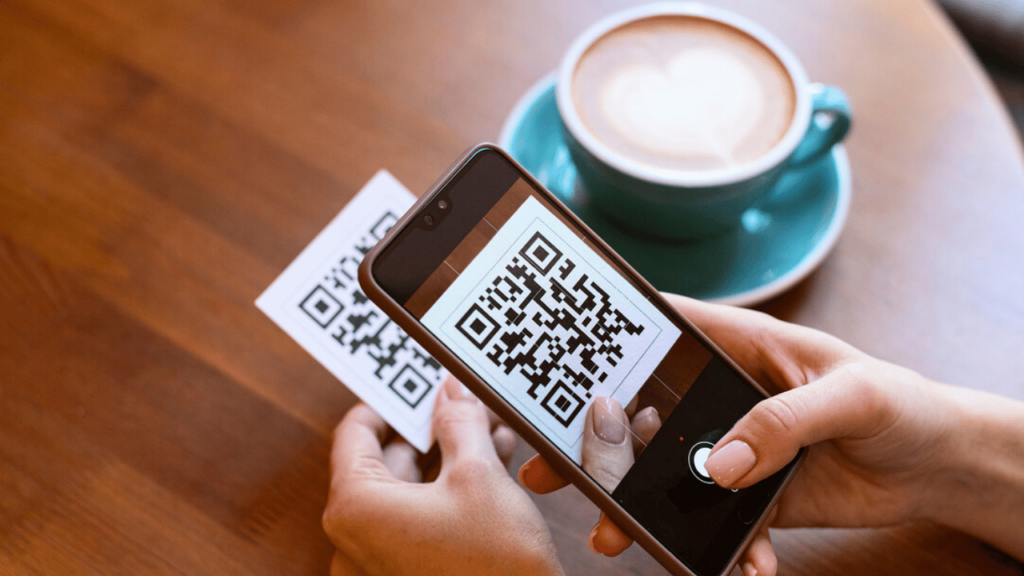In the dynamic world of marketing, businesses are constantly seeking innovative ways to engage customers, increase brand awareness, and drive sales. One such tool that has gained significant traction in recent years is the use of QR (Quick Response) codes. These two-dimensional barcodes, which can be scanned using a smartphone, offer a versatile and interactive way to connect with customers and enhance marketing efforts.
QR Codes: A Brief Overview
QR codes, first developed in the 1990s for inventory management, have evolved to become a powerful marketing tool. They can store a wide range of information, from URLs and text to phone numbers and multimedia content. When a customer scans a QR code using their smartphone, they are instantly directed to the encoded information, providing a seamless and interactive user experience.
The Role of QR Codes in Marketing
- Enhancing Customer Engagement: QR codes can be used to direct customers to engaging content such as videos, social media platforms, or interactive games, fostering a deeper connection with the brand.
- Providing Instant Information: QR codes can instantly provide detailed product information, specifications, or user reviews, helping customers make informed purchasing decisions.
- Facilitating Mobile Payments: By linking to mobile payment platforms, QR codes can streamline the purchasing process, enhancing customer convenience.
- Promoting Special Offers: QR codes can be used to offer exclusive discounts or promotions, incentivizing customer loyalty and repeat purchases.
- Tracking Marketing Campaigns: QR codes can provide valuable data on customer behavior and engagement, enabling businesses to measure the effectiveness of their marketing campaigns and make data-driven decisions.
Real-World Applications of QR Codes in Marketing
QR codes are being used in various creative ways in marketing. They are being incorporated into product packaging, print ads, billboards, and even event promotions. For instance, a restaurant can use a QR code to direct customers to their online menu or ordering platform. A clothing brand could use a QR code to provide customers with styling tips or a virtual fitting room experience. The possibilities are endless.
Challenges and Solutions
Despite their numerous benefits, QR codes also present some challenges. Some customers may not be familiar with QR code technology or may not have a smartphone capable of scanning QR codes. To overcome these hurdles, businesses can provide clear instructions on how to scan QR codes and ensure their marketing strategies are not solely reliant on QR codes.
Conclusion
In the era of digital marketing, QR codes offer a unique and interactive way to engage customers, provide instant information, and drive sales. As technology continues to shape the marketing landscape, QR codes are proving to be a valuable tool in enhancing customer engagement and promoting brand awareness. By leveraging this technology, businesses can stay ahead of the curve and deliver a compelling and seamless customer experience.

